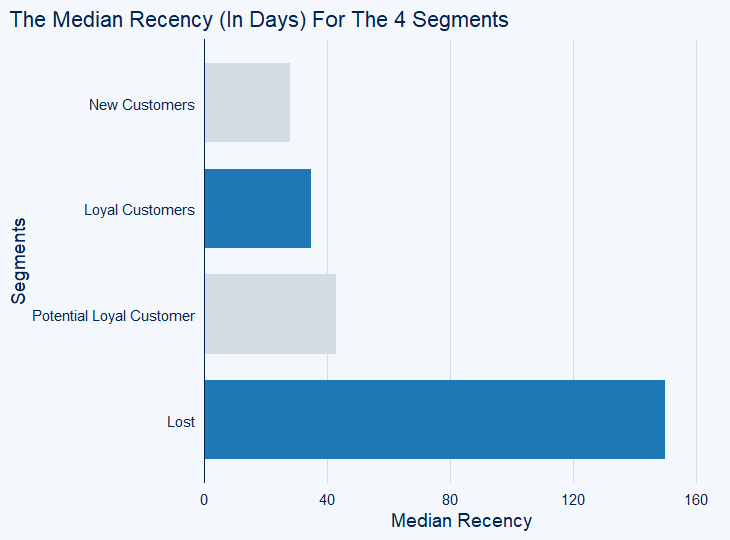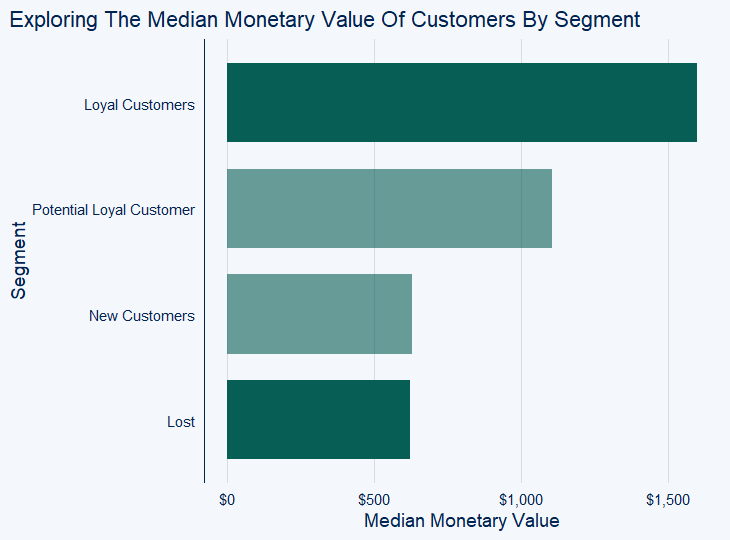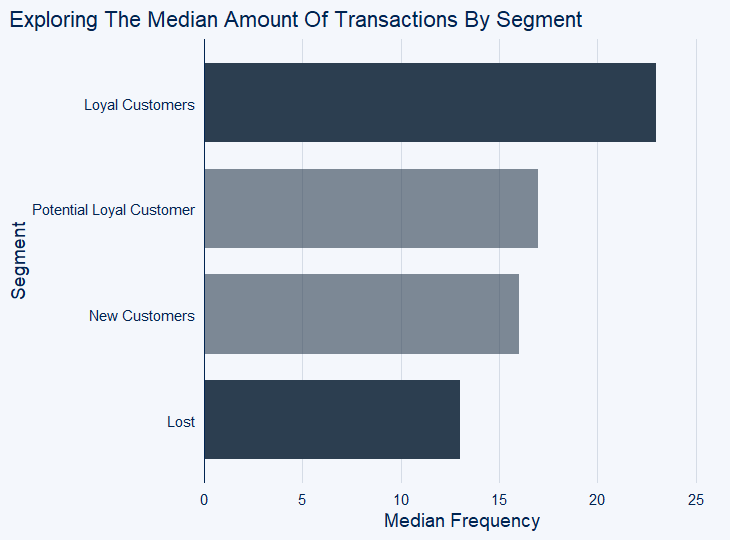Do you have a clear picture of who your most valuable customers are? If not, there’s a high chance you’re wasting money advertising to the wrong people.
The Pareto Principle, also known as the 80/20 rule, asserts that 80% of outcomes come from 20% of inputs. Although this concept can be applied to any field, it’s most often used to point out that 80% of a company’s revenue comes from just 20% of its customers. Yet this doesn’t stop a lot of marketing teams from targeting all their customers in the same way.
Of course, it’s much easier to adopt a one-size-fits-all strategy, but it won’t do much to drive business growth. Many companies just remarket to all previous customers using the exact same messaging. There’s little or no personalisation, which means ads end up going ignored or worse still, email newsletters end up being flagged as spam because they’re not relevant to their recipients.
Personalised marketing is undeniably powerful. It can nurture high value customers, generate loyalty, and ensure your marketing efforts and resources aren’t going to waste.
RFM is an acronym for recency, frequency, and monetary value. It’s an important and highly effective approach to market analysis that lets you quickly identify your high-value customers and drive an effective customer segmentation strategy.
Here’s an overview of the three qualitative factors that define an RFM analysis:
- Recency: When was the last time the customer made a purchase? The more recently a customer purchased from you, the more likely it is they still have your brand in mind for future purchases. By contrast, a customer who hasn’t purchased from you for some time will be significantly harder to re-engage.
- Frequency: How often does the customer make a purchase? A customer who buys frequently is more likely to continue buying from you.
- Monetary value: How much does a customer spend on your company Recency and frequency alone don’t always correlate to customer lifetime value (CLV). For example, one customer might spend 20 times more than others, yet only buy from you once per year.
An RFM analysis helps you understand customer behaviour and segment your customers to assist in creating more personalized and relevant marketing communications.
What can an RFM analysis reveal about customers?
An RFM analysis helps you group customers by the value, and potential value, they bring to your business. It’s best suited to businesses selling fast-moving consumer goods (FMCGs) and online commerce, but it can also be applied to companies in B2B sectors.
Here are some of the important questions an RFM analysis can answer:
- Who are your best customers?
- Which customers are likely to buy more?
- Which customers can you safely stop marketing to?
- Which customers are likely to become loyal?
- Who are the customers you can’t afford to lose?
Answering these questions enables businesses to identify critical market segments. These can then be used to adapt your marketing plans to retain current
high-value customers and grow those with the potential to become loyal returning customers. It also helps ensure you don’t waste your resources remarketing to customers you can otherwise safely ignore due to natural churn.
RFM is about basing your marketing decisions on facts rather than emotions and guesswork. But it’s also beneficial for your customers – by personalising your messaging and delivering customised offerings, you’ll make them feel distinguished and valued. After all, people want what’s interesting and relevant to them.
How do RFM analyses compare to traditional methods?
Traditional customer segmentation methods, which were used in market research until the rise of data analytics, are based on demographic and psychographic characteristics. Researchers would take a sample of the population and predict their behaviour based on these attributes. However, there are several important drawbacks with this approach, such as a risk of human error, and the way that certain factors may be interpreted subjectively.
None of these problems occur in an RFM analysis. For a start, the lack of manual processes and subjective interpretation mean that business decisions can be made based on hard facts rather than emotions and guesswork. RFM is a purely data-centric model that analyses your entire customer base, rather than only a manually curated sample set. As such, its variables are 100% accurate, which also means they’re better for predicting future customer interaction.
A practical example
Here’s an example of an RFM analysis using the statistical programming language R. Here, we used data from a furniture store based in the US. Based on the shopping behaviours of their customers, we can score them as illustrated below:






